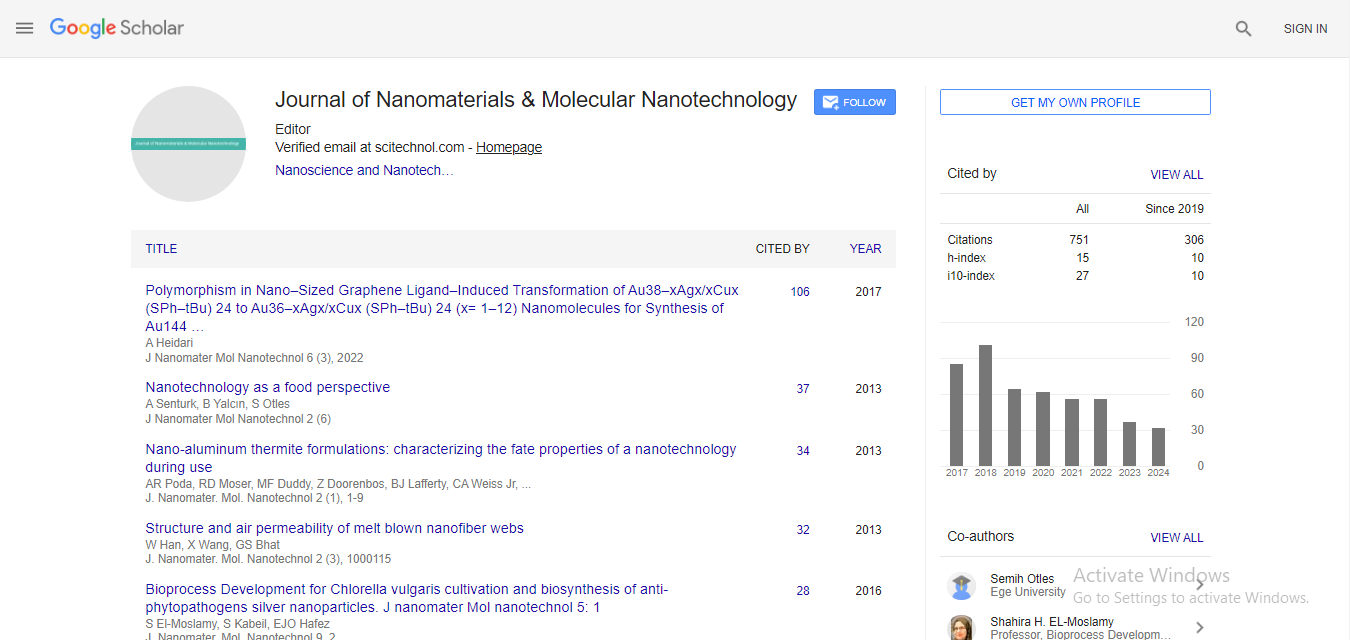Extremely foldable and highly transparent nanofiber-based electrodes for liquid crystal smart devices
Byoung-Suhk Kim
Chonbuk National University, Republic of Korea
: J Nanomater Mol Nanotechnol
Abstract
In recent years, flexible transparent electrodes have attracted great attention in many wearable optoelectronic devices, such as touch screens, organic light-emitting diodes (OLEDs), solar cells, electronic skins, etc. The basic requirements for foldable transparent electrodes are optical transparency, low electrical resistance, and high level of extreme bending toughness without significant decrease in the electrical performance. Generally, resistivity and optical transmittance follow opposite trends. It is therefore important to achieve the optimized balance between the electrical resistivity and optical transmittance in order to get a highly conductive transparent electrode. Traditionally, commercial indium-tin oxide (ITO) electrodes have been widely used in transparent conducting optoelectronic devices. However, there are still some disadvantages of ITO electrodes in flexible electronic applications, such as the scarcity of indium, the high cost of manufacturing processing, and their mechanical brittleness, which prompt the research for the alternative materials to replace the ITO electrodes for next generation optoelectronic flexible devices. In this work, the nylon 6 nanofiber-reinforced cellulose acetate (NF-r-CA) film as a fiber-based transparent substrate was used to develop the highly transparent electrodes with excellent durable and extremely foldable properties. The NF45-r-CA electrodes prepared using AgNWs concentration of 0.025 wt% and electrospinning time of 45 min were highly transparent (~ 90%), mechanically robust (59.6 MPa) and lower sheet resistance (20~30 Ω sq-1) even under extreme bending radius of 1 mm for 10,000 cycles. In addition, the NF-r-CA based PDLC (Polymer Dispersed Liquid Crystal) film could retain the working stability even after bending test of 500 cycles at an extreme bending radius of 1.5 mm, whereas ITO PDLC film was stopped working after bending test of merely 50 cycles. This result demonstrates the excellent foldable stability of NF-r-CA PDLC films at an extreme bending radius of 1.5 mm.
Biography
E-mail: kbsuhk@jbnu.ac.kr
 Spanish
Spanish  Chinese
Chinese  Russian
Russian  German
German  French
French  Japanese
Japanese  Portuguese
Portuguese  Hindi
Hindi 



